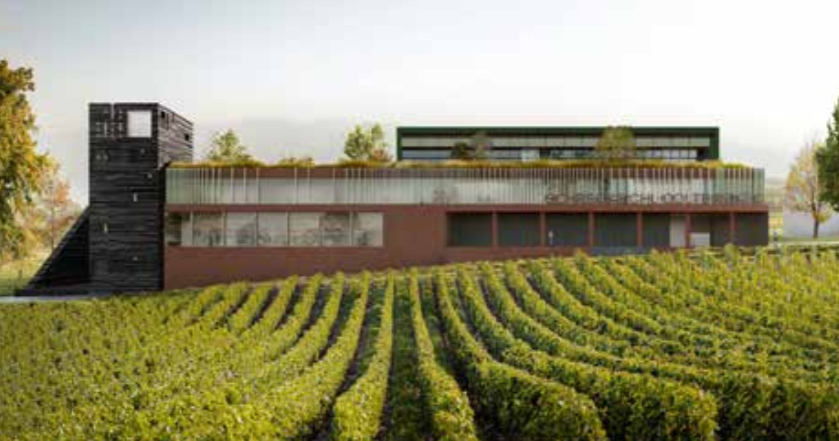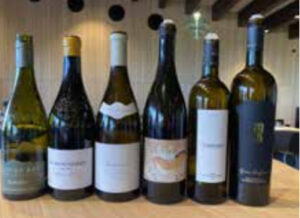A masterclass on Sauvignon
At the Colterenzio Winery in Alto Adige
The tasting of six Sauvignons, conducted by MW Frank Röderer from Germany, provided an opportunity to meet with around ten colleagues and Colterenzio winery’s top management, namely president Maximilian Niedermayr, oenologist Martin Lemayr and sales director Alex Ferrigato. To mark the occasion held in the winery’s new wing, Colterenzio’s first vintage of Sauvignon Riserva Gran Lafóa 2021 was officially presented. Comparing the Alto Adige Sauvignon with three French Sauvignons from Loire, a Sauvignon from Styria and another from New Zealand, all from the same vintage apart from one, was extremely fascinating.
Sauvignon blanc
The name sauvignon is said to derive from the French adjective sauvage meaning wild or feral (Bonnier and Levadoux, 1950). It appears that sauvignon blanc is the result of a cross between traminer and chenin blanc but its origin is still uncertain. Although certainly French, two regions claim it as their own: the Loire Valley and Bordeaux. There are at least two biotypes, the small or yellow sauvignon and the much less common large or green sauvignon, which corresponds to sauvignonasse. Sauvignon is the world’s third most cultivated white grape variety. Most of the hectares are in France (about 30,000), but numbers are rising in New Zealand where it accounts for the majority of new plantings and 65% of New Zealand’s total vineyards with about 27,000 hectares. In Styria, Austria, another region taken into consideration during our masterclass, Sauvignon is the most cultivated variety with 910 hectares. In Alto Adige, the surface area covers 510 hectares with planting that began in the 1950s thanks to the Terlano winery.
Style
Sauvignon is two-sided: it can either express itself with herbaceous and vegetal notes (green pepper, asparagus, nettle, freshly cut grass, tomato leaf, notes that the public identify it with), or with a range of more varied and complex aromas such as citrus, gooseberry, passion fruit, boxwood, broom, redcurrant shoot, flint, eucalyptus. Underlying this differentiation are two different molecular bases: methoxypyrazines in the first case, thiols in the other. How do you prefer it, pyrazinic or thiolic? The shrewdest stylistic is to seek more complex scents to avoid allowing only varietal aromatic markers prevail. It is, in fact, appropriate to create a closer link with the terroir rather than focus only on the varietal characteristics of the grape. This is the direction in which the Sauvignon Blanc of the future is heading.


